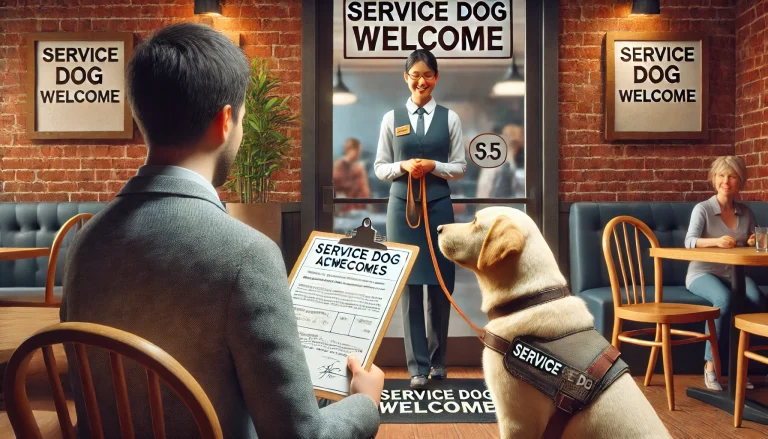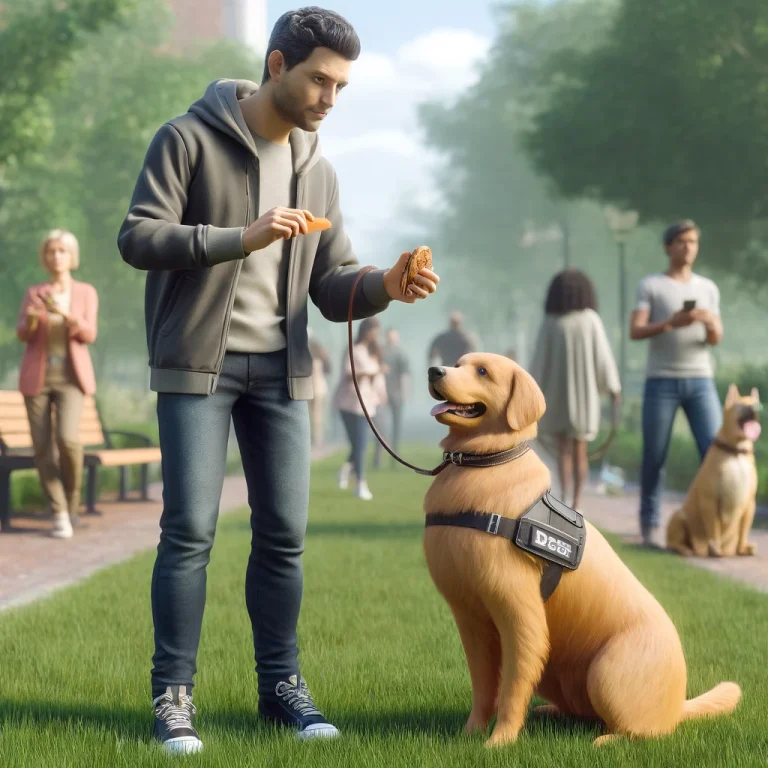Hello Friends!
Today, let’s clear up some confusion: What’s the difference between service dogs and emotional support animals (ESAs)? They both help people, but they’re not the same. Let’s dive in!
1. What They Do
- Service Dogs: These are trained to do specific tasks for people with disabilities. Think of a guide dog helping someone who can’t see, or a dog that can detect seizures. They’re like personal assistants.
- Emotional Support Animals: ESAs provide comfort just by being there. They don’t need special training to perform tasks. Their main job is to be a calming presence.
2. Legal Rights
- Service Dogs: They have more legal rights. They can go places pets can’t, like restaurants or planes, thanks to laws like the Americans with Disabilities Act (ADA).
- Emotional Support Animals: They don’t have the same legal rights. They can live in no-pet housing and sometimes fly with their owners, but they can’t go everywhere.
3. Training
- Service Dogs: Intense training! These dogs are taught specific skills to help with disabilities. This training can take years.
- Emotional Support Animals: No specific training required. They just need to be well-behaved and provide comfort.
4. Certification
- Service Dogs: No official certificate needed. Their skills speak for themselves. But they often wear vests or tags for identification.
- Emotional Support Animals: They need a letter from a licensed mental health professional saying they’re needed for emotional support.
5. Who They Help
- Service Dogs: People with physical or psychiatric disabilities.
- Emotional Support Animals: People who benefit emotionally from having a pet.
6. Public Access
- Service Dogs: Allowed in public places.
- Emotional Support Animals: Usually not allowed in public places where pets aren’t allowed.
Conclusion
So, there you have it. Service dogs and ESAs both play important roles, but they’re different. Service dogs are trained for specific tasks to help with disabilities, while ESAs provide emotional support without special training. Knowing these differences helps us appreciate and respect the roles of each in helping people live fuller lives.
Stay informed and keep loving those animals! 🐾🦮🐕🦺🐈💖
For assistance with self-training a Service Dog, Click Here





